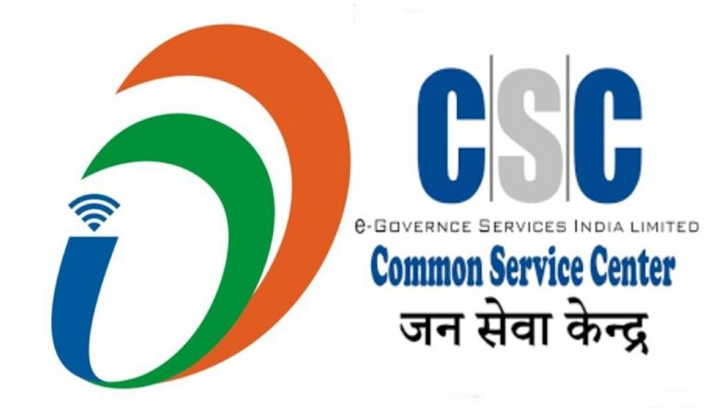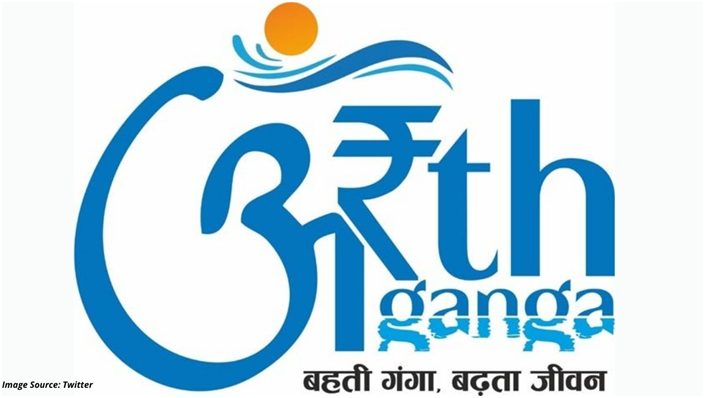Common Service Centres to provide people access to judicial services (GS Paper 2, Judiciary)

Why in news?
- The Online government services provider Common Service Centres (CSC) has teamed up with the Union law ministry to offer host of judicial services through eCourts project to people.
Details:
- CSC e-Governance Services India Ltd, an SPV under the Ministry of Electronics & IT, has partnered with the Department of Justice, Ministry of Law & Justice to provide citizens access to judicial services through the eCourts project for citizens across the country.
- Currently, 3,414 district and taluka courts and 39 high courts are available on eCourts.
Citizens can seamlessly access information of their cases in these courts or the location of these courts at their nearest CSC.
How it will work?
- Provision of eCourts services through CSC will ensure transparency and last mile access of judicial services to citizens, he opined.
- The eCourt services currently available to citizens at the grassroots through over 5 lakh CSCs across the country include information about the court cases in district and high courts, identification of court location and eCourts Mobile Application.
- To avail information about the court cases, citizens can visit their nearest CSC along with the 16-digit case CNR number assigned to their case.
Services offered:
- They can check their next date of hearing or location of courts and download and print the court judgment.
- Additionally, citizens can also use the computer system available at the CSC to access the eCourts website.
- The CSC will charge Rs 30 for providing the status of the case and Rs 45 for providing case status along with the copy of last judgment.
eCourts:
- The eCourts is a pan-India project conceptualised on the recommendations of the eCommittee of the Supreme Court for digitization of the Indian judiciary for providing citizens with better access to legal services.
Four new facilities at Central Arid Zone Research Institute (CAZRI), Jodhpur
(GS Paper 3, Economy)
Why in news?
- Union Agriculture and Farmers Welfare Minister inaugurated four new facilities at the Central Arid Zone Research Institute (CAZRI), which has been rendering excellent services for more than 60 years under the Indian Council of Agricultural Research (ICAR).
- He inaugurated the newly constructed auditorium, Agri-business Nurturing Centre, environment friendly waste water treatment plant and Indoor Sports Hall at CAZRI.
.png)
Achievements of CAZRI:
- Due to the research work done by CAZRI such as dune stabilization, sprinkler and drip irrigation system and new varieties of crops, grasses and fruits, farmers' income is increasing.
- Work like solar energy, reduction in the cost of farming and livestock management by CAZRI will also be beneficial for the farmers of dry areas.
- Due to the new technologies and research achievements being developed by CAZRI from time to time, CAZRI bagged 8 out of 10 National Awards of ICAR in the last six years.
CAZRI:
- The CAZRI institute made a beginning in 1952 when Government of India initiated Desert Afforestation Research Station at Jodhpur to carry out research on sand dune stabilization and for establishment of shelter belt plantations to arrest wind erosion.
- It was reorganized as Desert Afforestation and Soil Conservation Station in 1957 and finally in its present form Central Arid Zone Research Institute in 1959 on recommendation of the UNESCO (United Nations Educational, Scientific and Cultural Organization) expert, Prof. C.S. Christian of the Commonwealth Scientific and Industrial Research Organisation (CSIRO), Australia.
- In 1966, the institute was brought under the administrative control of Indian Council of Agricultural Research (ICAR), New Delhi.
Indo – US Special Forces Joint Exercise
(GS Paper 3, Defence)
Why in news?
- Recently, the 13th Edition of India - USA Joint Special Forces Exercise VAJRA PRAHAR 2022 culminated at Bakloh, Himachal Pradesh.

Background:
- This annual exercise is hosted alternatively between India and the United States.
- The 12th edition was conducted at Joint Base Lewis Mc Chord, Washington (USA) in October 2021.
Key Highlights:
- The 21-day joint training provided an opportunity for the Special Forces from both nations to train in Air Borne Operations, Special Operations and Counter Terrorism operations in a joint environment under United Nations Charter.
- The exercise was conducted in two phases; the first phase involved combat conditioning and tactical level special missions training exercises and the second phase included 48 hours of validation of training received by both contingents in the first phase.
Way Forward:
- Exercise VAJRA PRAHAR with the US Special Forces is significant in terms of security challenges faced by both Nations in the backdrop of the current global situation.
- The joint military exercise has further strengthened the traditional bond of friendship between the special forces of both Nations as well as improved bilateral defence cooperation between India and the USA.
‘Arth Ganga’, new model for the river’s sustainable development
(GS Paper 3, Environment)
Why in news?
- Recently, the Director General of the National Mission for Clean Ganga, spoke about the Arth Ganga model during his virtual keynote address to the Stockholm World Water Week 2022.

The concept:
- PM Modi first introduced the concept during the first National Ganga Council meeting in Kanpur in 2019, where he urged for a shift from NamamiGange, to clean the Ganga, to the model of Arth Ganga.
- The latter focuses on the sustainable development of the Ganga and its surrounding areas, by focusing on economic activities related to the river.
- At its core, the Arth Ganga model seeks to use economics to bridge people with the river.
- It strives to contribute at least 3% of the GDP from the Ganga Basin itself.
- The Arth Ganga project’s interventions are in accordance with India’s commitments towards the UN sustainable development goals.
Key Features:
- Under Arth Ganga, the government is working on six verticals.
- The first is Zero Budget Natural Farming, which involves chemical-free farming on 10 km on either side of the river, and the promotion of cow dung as fertiliser through the GOBARdhan scheme.
- The Monetization and Reuse of Sludge & Wastewater is the second, which seeks to reuse treated water for irrigation, industries and revenue generation for Urban Local Bodies (ULBs).
- Arth Ganga will also involve Livelihood Generation Opportunities, by creating haats where people can sell local products, medicinal plants and ayurveda.
- The fourth is to increase public participation by increasing synergies between the stakeholders involved with the river.
- The model also wants to promote the cultural heritage and tourism of Ganga and its surroundings, through boat tourism, adventure sports and by conducting yoga activities.
- Lastly, the model seeks to promote institutional building by empowering local administration for improved water governance.
World Water Week:
- World Water Week occurs late August or early September every year. In 2022, it takes place from August 23 to September 1.
- Since 1991, the Stockholm International Water Institute has been organising the World Water Week every year to address global water concerns.



.png)

